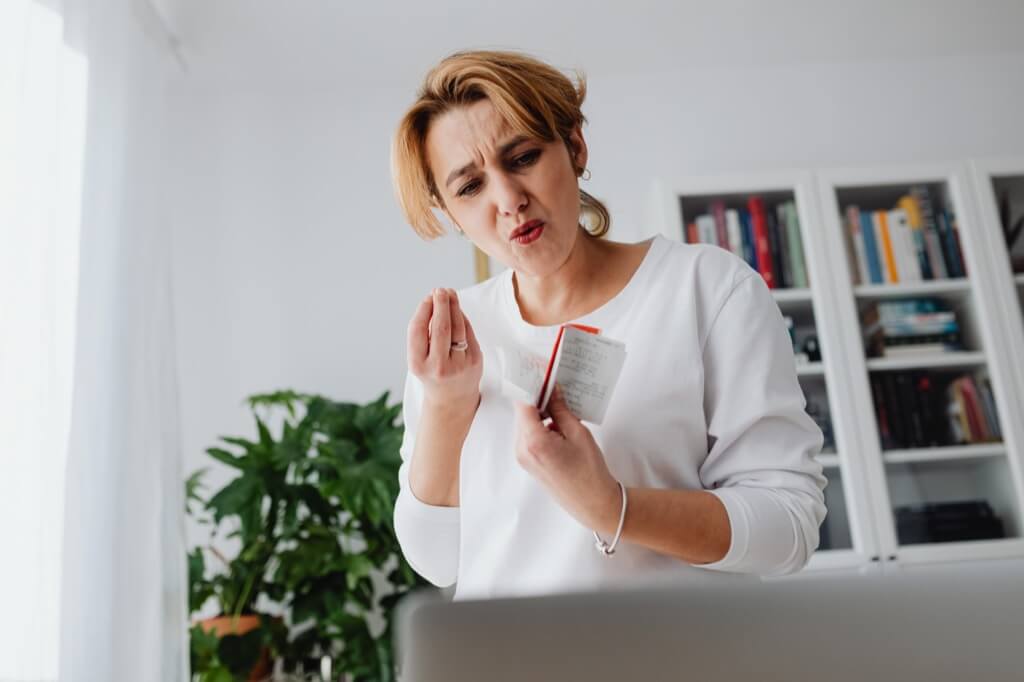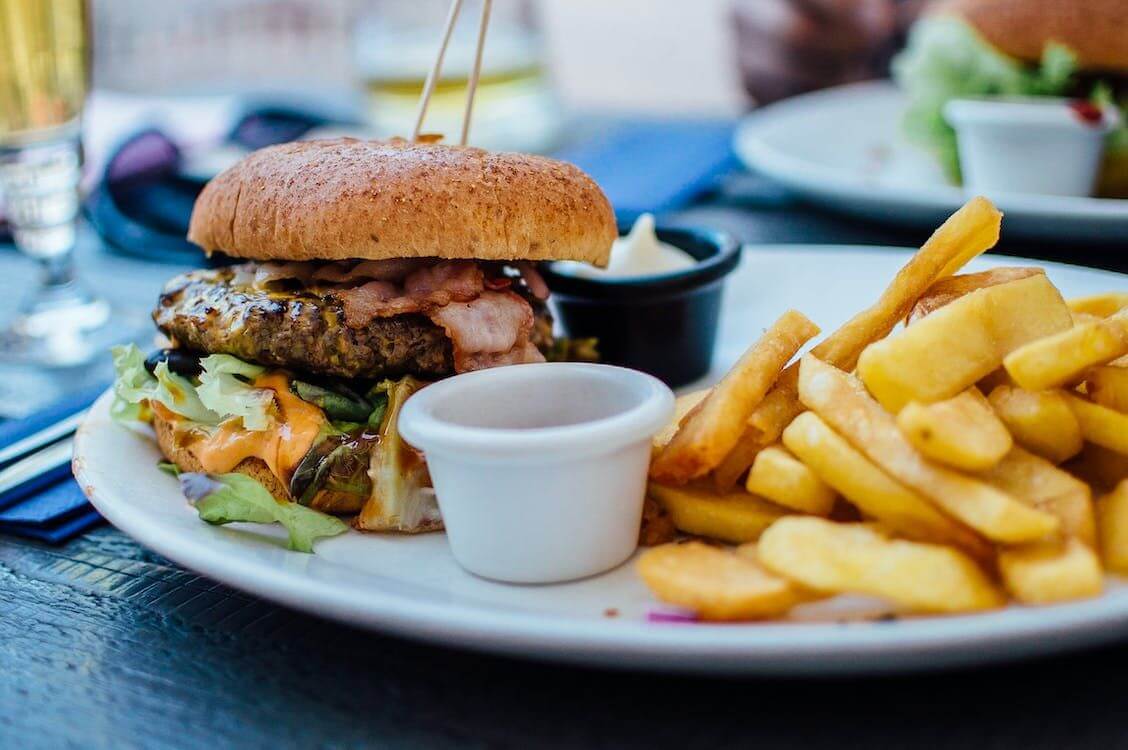Paper cuts, a common yet surprisingly painful experience, have intrigued many as to why such a small cut can cause such intense pain. Understanding the reasons behind this can provide insights into our body’s sensory responses and pain perception.
Fingertips, the common site for paper cuts, are densely packed with nociceptors, nerve fibers responsible for sensing pain. These nociceptors are much more abundant per square millimeter in the fingertips compared to other parts of the body like arms, legs, or the stomach area. This high concentration makes any injury to the fingertips, including paper cuts, feel more painful than similar injuries elsewhere.
The edges of paper, though appearing smooth, are actually quite dull and flexible compared to sharper cutting tools like knives. When paper cuts through the skin, it causes microscopic damage as it tears rather than slices through the tissue. This ripping effect at a microscopic level results in more damage to the skin and nerve fibers, intensifying the pain compared to a clean cut from a sharper object.
Paper cuts are typically shallow wounds, affecting the skin’s surface layers where many sensitive nerves reside. These surface nerves have lower thresholds to trigger and are more sensitive, leading to sharper, more distinct pain. In contrast, deeper cuts might affect nerves located further within the skin, resulting in a different kind of pain sensation, often described as throbbing.
Another factor contributing to the prolonged pain of paper cuts is their shallow nature, which often leads to minimal or no bleeding. This lack of bleeding leaves the nerve endings exposed to air and other irritants, keeping them in an activated, painful state for longer periods compared to deeper cuts that bleed and close up more quickly.
To alleviate the pain of a paper cut, firm pressure can be applied to the wound. This pressure helps to overwhelm the nerve endings, reducing the sensation of pain. Additionally, sealing the wound with a liquid band-aid, super glue, honey, or Vaseline can protect the exposed nerves from irritants, further decreasing the pain. It’s also theorized that chemicals on the paper, such as bleach, can exacerbate the pain by irritating the sensitive nerve endings.
Understanding the Anatomy of Fingertips and Pain Reception
This topic would delve into the detailed anatomy of the fingertips, explaining why they are particularly sensitive to pain. The fingertips are rich in nerve endings, specifically nociceptors, which are responsible for sensing pain. A deeper understanding of this anatomy provides insights into why even minor injuries like paper cuts can be disproportionately painful.
Comparison of Paper Cuts with Other Types of Skin Lacerations
Exploring the differences between paper cuts and other types of skin lacerations, such as cuts from sharp knives, is important in understanding pain perception. Paper cuts, being more irregular and shallow, cause a different kind of damage at the microscopic level compared to clean cuts from sharper objects. This topic would explain how the nature of the wound affects the pain experienced.
First Aid and Healing of Minor Cuts: Best Practices
Focusing on the best practices for first aid and healing of minor cuts, this topic would provide practical advice on treating paper cuts effectively. It would cover the benefits of using petroleum jelly, which has been shown to be as effective as antibiotic ointments for non-infected wounds, and discuss why certain antiseptics may be harmful and delay healing.
Antibacterial Ointment for Infection Prevention
Applying an antibacterial ointment to a paper cut is crucial for preventing infection. These ointments can help protect the wound from bacteria and promote faster healing. Choose a gentle, non-irritating ointment to apply after cleaning the wound.
Petroleum Jelly for Wound Healing
Petroleum jelly is an effective tool for healing paper cuts. It’s been shown to be as beneficial as antibiotic ointments for non-infected wounds. Petroleum jelly can keep the wound moist, which is essential for quick and effective healing.
Sterile Bandages for Protection
Covering a paper cut with a sterile bandage is important to protect it from external irritants. This barrier helps in reducing pain by minimizing air exposure and contact with other materials that could irritate the cut.
Antiseptic Wipes for Initial Cleaning
Antiseptic wipes are useful for the initial cleaning of a paper cut. They help in gently removing any debris and bacteria from the wound, which is essential before applying any ointment or covering the cut with a bandage.
Cold Compress for Pain Relief
Applying a cold compress can provide immediate pain relief for a paper cut. The cold temperature helps in numbing the area, reducing pain, and minimizing swelling around the wound. Be sure to wrap the compress in a clean cloth to avoid direct contact with the cut.
Treating a Paper Cut at Work
Imagine you’re at work, sorting through documents, and you suddenly feel the sharp sting of a paper cut. The first step is to clean the wound immediately, perhaps using an antiseptic wipe from the office first aid kit. After cleaning, apply a small amount of petroleum jelly to keep the area moist and promote healing, then cover it with a bandage to protect it from further irritation.
Managing Paper Cut Pain at Home
Let’s say you’re at home doing crafts and get a paper cut. After washing the cut with water, you might not have an antibiotic ointment on hand. In this case, applying a thin layer of petroleum jelly and covering it with a clean band-aid would be beneficial. If the cut is throbbing, a cold compress (like a frozen peas pack wrapped in a kitchen towel) can be gently applied to the area for pain relief.
Preventing Infection in a Paper Cut
Consider a scenario where you get a paper cut while cooking. To prevent infection, especially since you’re handling food, it’s vital to clean the wound properly. Use soap and water, followed by applying an antibacterial ointment if available. Cover the cut with a sterile bandage to keep it clean while you continue your cooking tasks.
Ultimately, the disproportionate pain caused by minor injuries like these highlights the complexity of our body’s pain response system. The combination of nerve density, wound irregularity, and exposure to irritants contributes to the surprisingly intense sensation felt. This understanding not only provides insight into our physiological responses but also underscores the necessity of appropriate first aid measures, even for wounds that may appear trivial.




